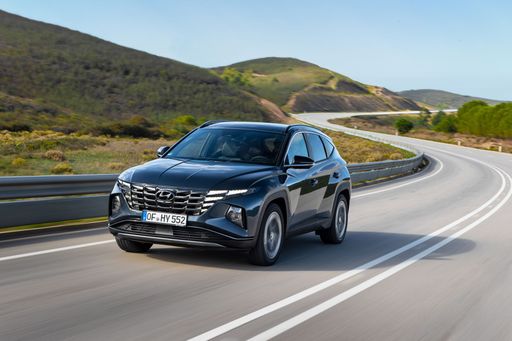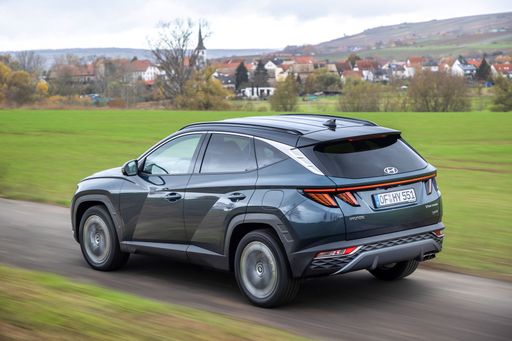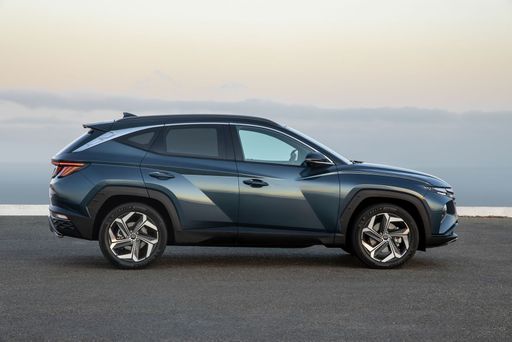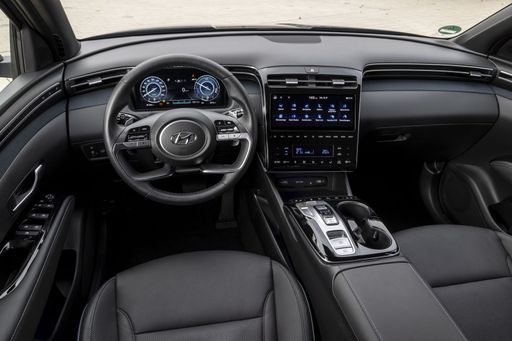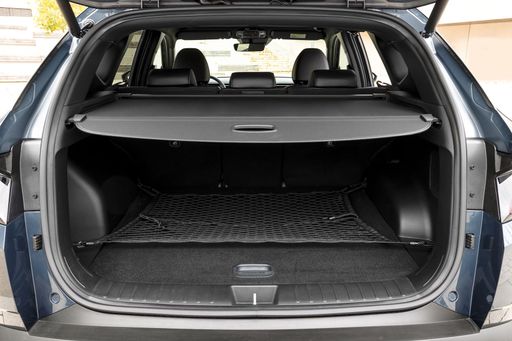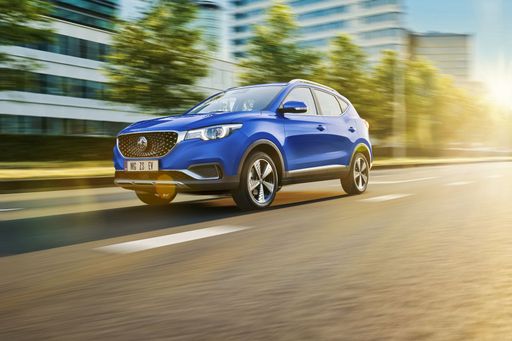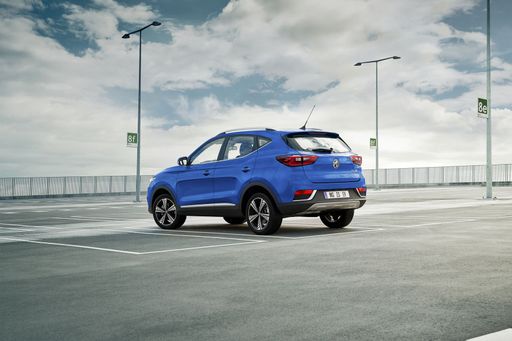Hyundai Tucson vs MG ZS: A Comprehensive Comparison of Two SUVs
In the world of compact SUVs, the Hyundai Tucson and MG ZS have emerged as popular choices for drivers seeking a blend of style, technology, and performance. Both vehicles boast impressive features and capabilities, making it essential to compare them on technical aspects and innovations to determine which one comes out on top.

